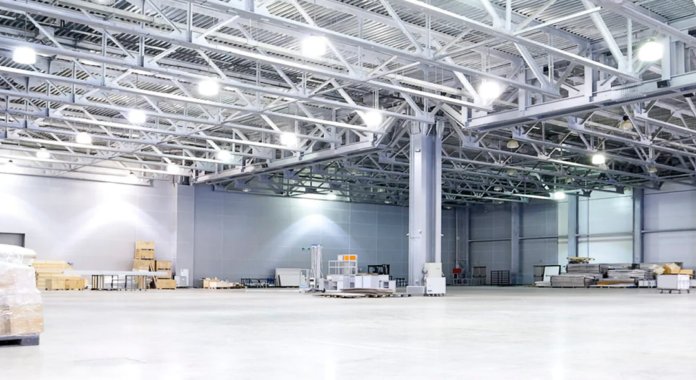LED lighting is an increasingly used technology. As a result of its many advantages over conventional light sources, an increasing number of people are considering changing to LED lights. As you might expect, LED lights may be pricey, and there are numerous factors to consider prior to purchasing. You, however, need not to struggle, here is a comprehensive guide to purchasing LED lights from Revolveled.com.
Light Emission
Light output is the amount of light that a bulb can produce. This is measured in lumens and is a useful metric for comparing light bulbs. To determine how much light your existing bulbs emit, examine the wattage rating on the packaging or contact your local electricity provider.
For instance, a 40-watt incandescent bulb generates approximately 450 lumens of light. A 60-watt bulb emits approximately 750 lumens, but an LED equivalent would emit approximately 800 lumens. The greater the number, the more luminous the bulb will be.
Compatibility
LED lighting is compatible with dimmers and the vast majority of other lighting systems. But, before integrating LEDs into an existing lighting system, you should ensure that they are compatible. Others require special adapters or fixtures that are suitable with their distinctive shape. Ensure that the LED light you desire has a standard fitting so that you may use it anywhere without compatibility concerns.
Safety Rating
The LED bulb’s safety grade is determined by its capacity to dissipate heat and prevent overheating-related fires and explosions. A bulb with a higher safety rating is less likely to overheat and cause difficulties when put in specific circumstances, such as close proximity to other lights or flammable surfaces such as drapes and upholstery fabrics.
Durability
In the past, LEDs had a reputation for being fragile and easily damaged, but this has improved steadily over time. While older types may not have been constructed with endurance in mind, modern LEDs are. In the long term, you will save money on replacement prices and energy expenses. The lifespan of an LED bulb varies by manufacturer, but you should anticipate it to last at least 25 years if it is used for four hours every day.
Light Fixture Guarantee
The light fixture warranty specifies how long a manufacturer will cover product flaws or failures. It is typically given in years and indicates the length of time you have to receive a refund if something goes wrong with your purchase. For instance, if you purchase a light fixture with a 3-year guarantee, any problems with the equipment should be rectified within that time frame. If it takes longer than that, you must contact the manufacturer for assistance.
Colour Temperature
The LED light’s color temperature is measured in Kelvin (K). The higher the number, the cooler (bluer) the light will look; thus, “warm white” is approximately 2,700K and “cool white” is 4,000K. Your decision will depend on whether you desire an artificial daylight effect or a more neutral color temperature that resembles natural indoor sunshine.
Light Efficiency
The lumens per watt (lm/W) measurement is used to determine the light output efficiency of an LED bulb. The greater the number, the greater the bulb’s efficiency. Most LED bulbs have a lm/W rating between 50 and 85, which implies they offer brighter light while consuming less electricity than ordinary incandescent or halogen bulbs.
Conclusion
When looking for LED lights, there are several factors to consider. Depending on your individual lighting requirements, several features may be more vital than others; nonetheless, a quality product is always in style. It is important to note that not all LED lights are equal. You’ll want to be sure you’re purchasing from an LED light manufacturer that has been in business for some time and has a track record of providing lighting solutions that have withstood the test of time and remain dependable. This is in addition to the features listed here.
















